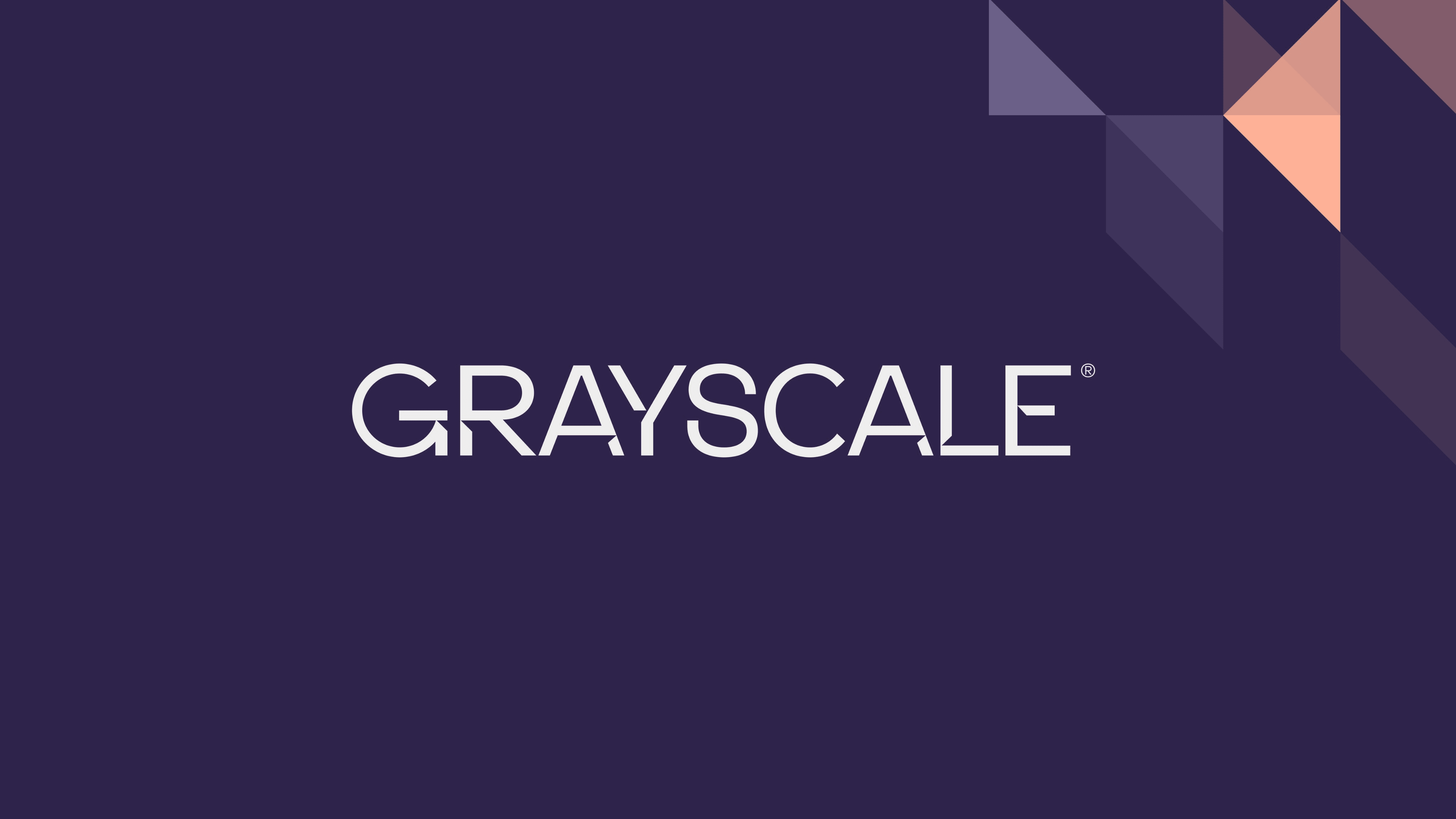Reviewing the performance of Grayscale's cryptocurrency trust funds, it can be seen that this 'established player' is quietly completing a role transformation.
Since 2025, Grayscale's pace of launching new products has significantly accelerated, no longer limited to a single cryptocurrency trust, but forming a matrix of ETFs, publicly traded funds, private equity funds, and active strategies.
Among them, a single cryptocurrency trust is still seen as an important window for observing the investment orientation of Grayscale. PANews statistics from April 9 to August 13, 2025, on price performance, compare the differences between Grayscale funds and the market, attempting to answer whether the 'Grayscale effect' still exists.
From the perspective of newly issued products, Grayscale focuses on three major narratives: AI, the Sui ecosystem, and Meme culture.
This year, six new single trusts cover Dogecoin, Pyth, Space and Time, Story Protocol, DeepBook, and Walrus. Among them, the Sui ecosystem has been repeatedly bet on, with both SUI token trusts and its core protocols DeepBook and Walrus. The AI track is represented by Story Protocol and SXT, while DOGE has become Grayscale's first Meme-themed trust. Overall, Grayscale is shifting from chasing leaders to exploring potential tracks, more like building a 'reservoir.'
In terms of performance, these new products from 2025 have an average increase of about 70%, which is not spectacular but has outperformed BTC's 56.5% during the same period. Among them, the Sui ecosystem shows significant differentiation: DeepBook surged by 264.58%, while Walrus only increased by 6.89%. Overall, statistics show 27 trusts, with an average increase of 75.47%, surpassing the market average of 59.8%. In other words, the 'Grayscale effect' is no longer a certainty for positive outcomes, but 'Grayscale selection' still holds reference value.
From a year-on-year comparison, the DeFi and L1 leading funds launched in 2024, such as AAVE, AVAX, and LDO, had an average increase of nearly 90%, performing the best. Established public chains from 2018 (BCH, LTC, XLM) also contributed 81.98% due to the rebound. In contrast, Zcash from 2017 only increased by 12.89%, becoming the weakest link. In terms of thematic distribution, DeFi stands out with an average increase of 122%, indicating its core position in the recovery cycle; public chains show overall differentiation, while AI categories maintain an increase of about 56%.
More importantly, Grayscale's positioning is changing. Before 2021, due to the scarcity of compliant channels, being 'selected' by Grayscale almost meant a certain price increase, serving as a direct amplifier of liquidity. In the ETF era, with more market choices, Grayscale is gradually transforming from a 'market promoter' to a 'potential discoverer.' It is no longer satisfied with just investing in public chain tokens but is deeply engaging in ecological layouts, such as DeFi and storage on the Sui chain or the oracle Pyth on the Solana chain. The underlying logic is to seek real value capture brought by ecological prosperity.
This transformation is also reflected in product diversification: from miner ETFs to dynamic income funds (GDIF), Grayscale is trying to incorporate 'real income' such as PoS staking rewards and transaction fees into its investment logic, better aligning with traditional institutions' preferences.
For the cryptocurrency market, Grayscale's insights have at least three points:
Firstly, a single product no longer stimulates prices, but long-term allocation still has reference significance; secondly, prioritizing infrastructure remains an iron law of investment that transcends cycles;
Thirdly, institutional focus has shifted from speculation to sustainable layouts across the entire upstream and downstream chain.
Grayscale, this 'cryptocurrency veteran,' is continuing to influence the market in a different way.




